Quiz: Test Your Climate IQ
Climate change is one of the most urgent environmental challenges of our time. But how much do you know about it? Test your knowledge with this quiz!
1. How does the greenhouse effect work?
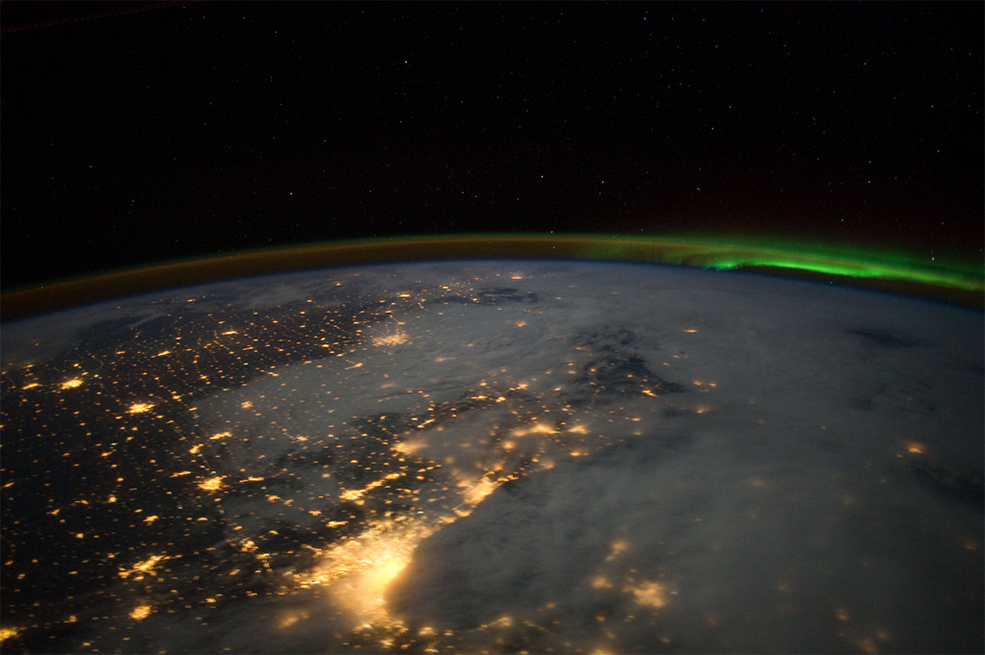
Greenhouse gases absorb energy, slowing or preventing the loss of heat to space. These gases act like a blanket, making Earth warmer than it would otherwise be and throwing off the energy balance of the planet. This is known as the greenhouse effect.
2. What is the most potent greenhouse gas?
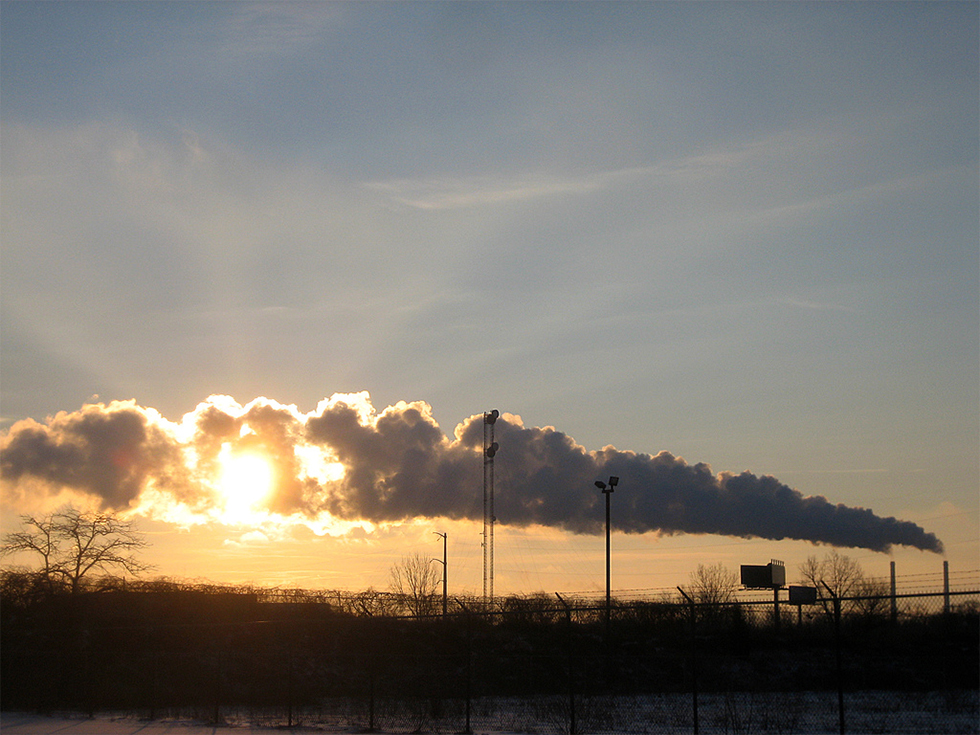
Fluorinated gases like chlorofluorocarbons (CFCs), hydrofluorocarbons (HFCs) and hydrochlorofluorocarbons (HCFCs) have the highest global warming potential of all the greenhouse gases -- meaning that they trap much more heat than the same amount of carbon dioxide. The global warming potential for these gases can be over 1,000 times more than carbon dioxide. However, carbon dioxide is the primary driver of climate change, accounting for 82 percent of all greenhouse gas emissions.
3. How much have global average temperatures increased in the last century?
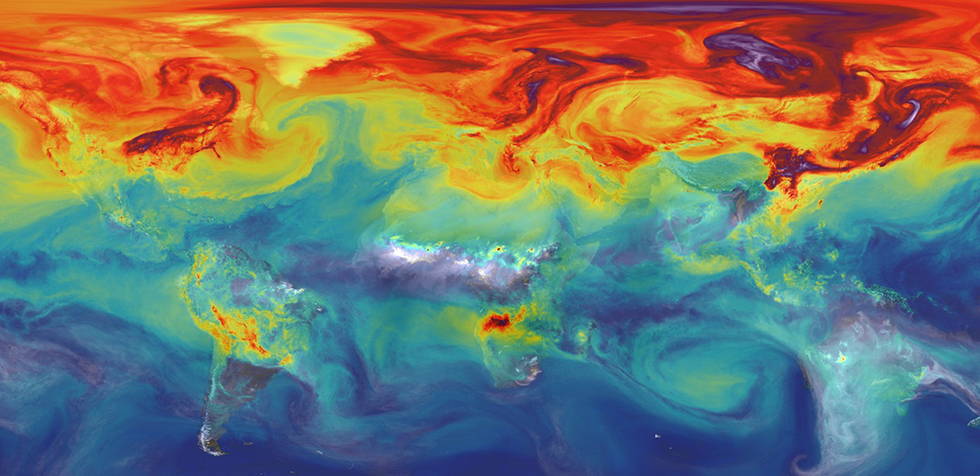
Global average temperatures have increased more than 1.4 degrees Fahrenheit over the last 100 years. Scientists project that Earth's average temperature will rise between two and 12 degrees Fahrenheit by 2100. It's estimated that a change of just two degrees in average global temperature could result in sea level rise, lower crop yields, increased rainfall and flooding, more wildfires and other negative environmental impacts. The historic climate agreement involving 196 nations at the 2015 United Nations Climate Change Conference set a goal to limit global warming to less than 3.6 degrees Fahrenheit.
4. How much have sea levels risen in the past 100 years?
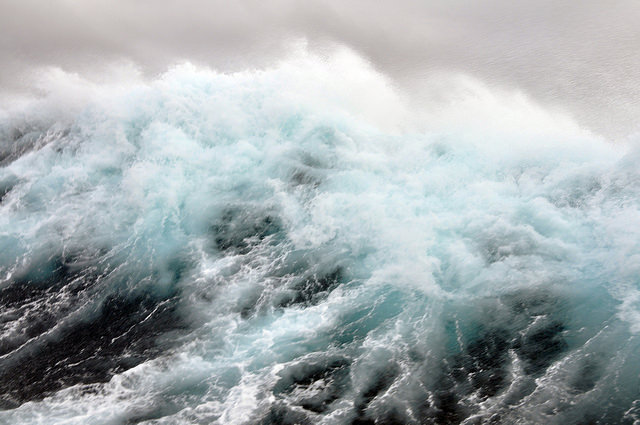
On average, global sea level has risen about seven inches in the last 100 years. By 2100, sea level is expected to increase by another 1.5 to 3 feet, resulting in stronger and more frequent storm surges.
5. How much have carbon dioxide emissions changed in the United States since 2006?
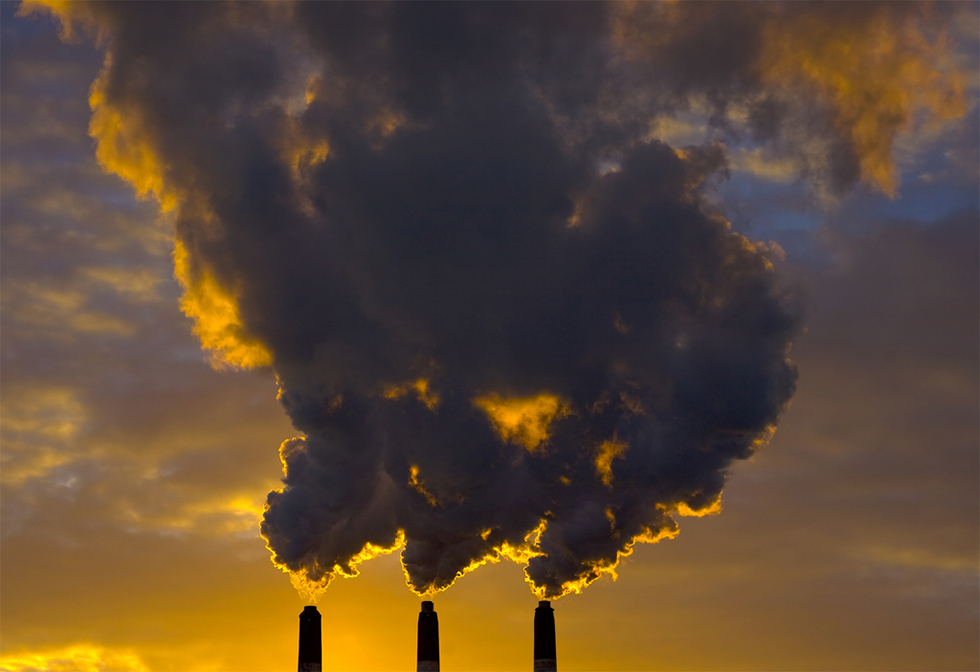
While carbon dioxide emissions are up globally, they are down in the United States. Since 2006, carbon dioxide emissions in the United States have fallen by 480 million metric tons -- more than any other country. However, the United States is still one the world's leading carbon dioxide emitters, ranking second behind China.
6. Which of these is considered a critical threshold for carbon dioxide levels in the atmosphere?
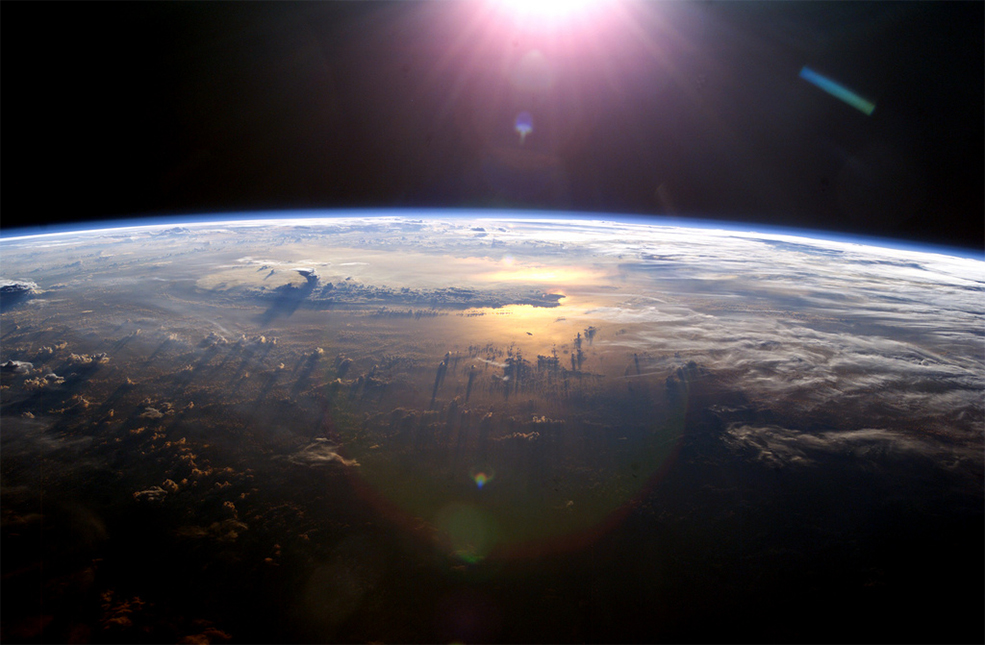
In May 2013 -- and for the first time in recorded history -- the daily average concentration of carbon dioxide in the atmosphere reached more than 400 parts per million at several Global Atmosphere Watch Stations around the world, including Mauna Loa Observatory in Hawaii. This means in one million pounds of air there are more than 400 pounds of heat-trapping carbon dioxide.
7. What is the biggest source of greenhouse gas emissions in the United States?
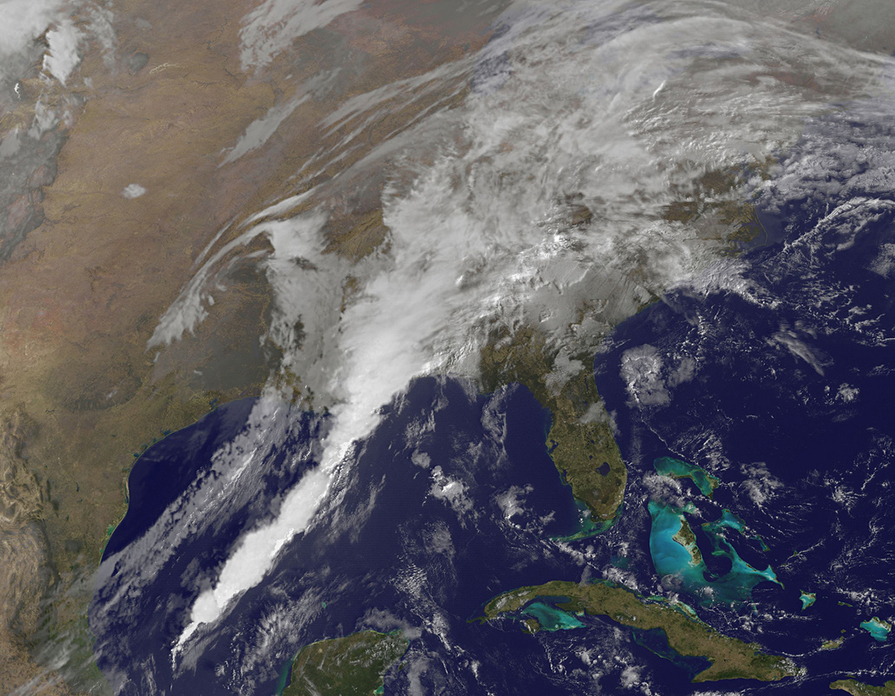
Electricity production generates the largest share of U.S. greenhouse gas emissions. About 66 percent of our nation's electricity comes from burning fossil fuels, mostly coal and natural gas. Renewable energy sources provide 13 percent of U.S. electricity, while nuclear power provides about 20 percent. The Energy Information Administration expects use of renewables to increase more than 8 percent this year.
8. What does carbon intensity measure?
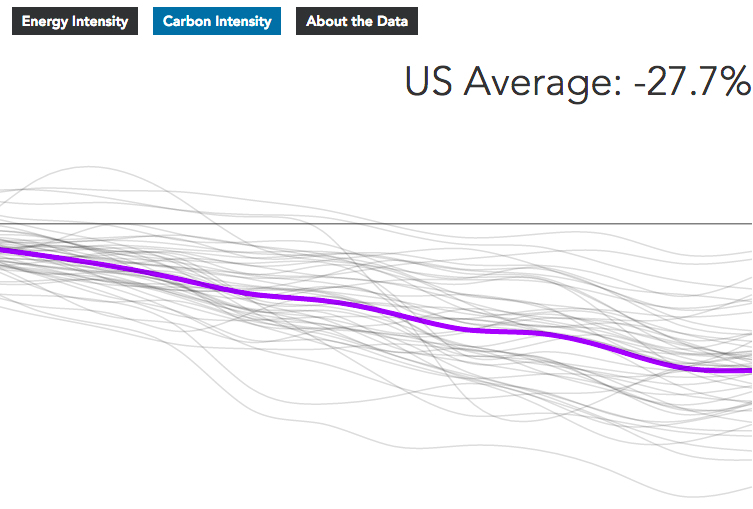
Carbon intensity measures how much carbon dioxide is emitted for every dollar generated in the economy -- also known as gross domestic product. America's carbon intensity has decreased dramatically since 2000. Meanwhile, energy consumption has decreased overall since 2000 with gross domestic product increasing in 49 out of 50 states. This means American energy consumption is getting more efficient, which is good for our climate and economy.
9. Which state has the highest energy-related carbon dioxide emissions per capita?

In 2013, carbon dioxide emissions in Wyoming were 117 metric tons per person, the highest in the United States. Wyoming is the second-largest energy producer in the United States, most of which coming from coal. However, the state has less than 600,000 people, giving Wyoming the lowest population density in the lower 48 states and the highest per capita carbon dioxide emissions.
10. During the 2015 United Nations Climate Change Conference in Paris, how many countries committed to doubling clean energy research and development?
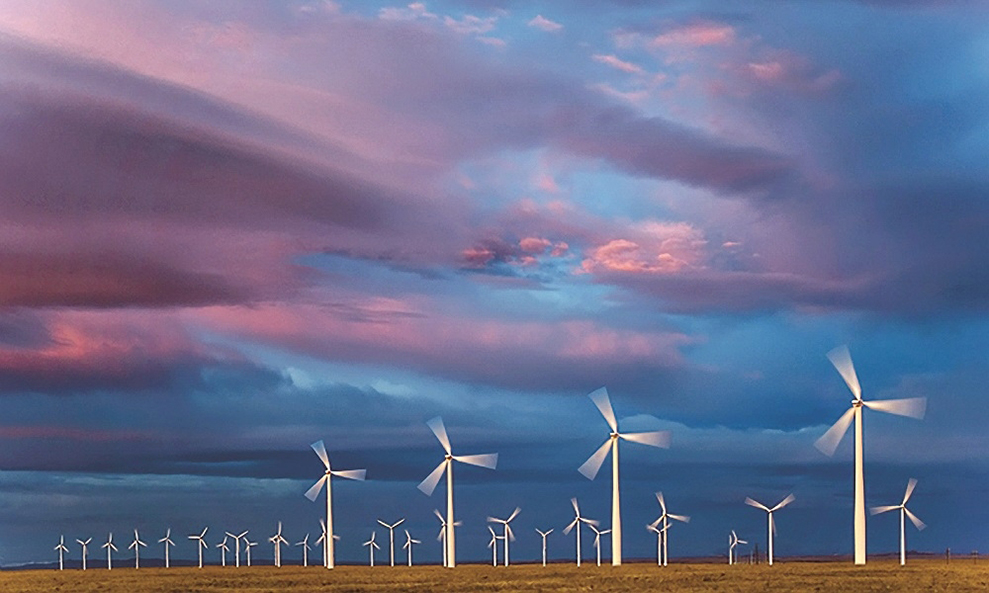
As part of Mission Innovation announced during the 2015 United Nations Climate Change Conference in Paris, 20 countries committed to doubling their respective clean energy research and development investment over five years. These countries include the top five most populous nations -- China, India, the United States, Indonesia and Brazil -- and stretch across five continents. Also, these countries represent 75 percent of the world's carbon dioxide emissions from electricity, and more than 80 percent of the world's investment in clean energy research.
Your Score:
From shrinking glaciers to rising seas, climate change is threatening our planet in unprecedented ways. This urgent challenge will come into sharp focus as the world celebrates Earth Day this Friday, April 22. While the science is clear on climate change, how much do you know about it?
Explore our climate change resources and test your knowledge with our latest quiz. Also, check out Energy.gov/EarthWeek all week long, where we’ll be highlighting stories and interactives about climate change and how clean energy technologies can help solve it.
Paul Lester

Paul Lester served as Digital Content Specialist in the Office of Public Affairs.
Paul was born in Ohio but spent most of his life in Florida, where he worked as news researcher/archivist and online editor for the Orlando Sentinel.
He moved to Washington in 2008 for a web editor role with the Guardian before working as a contractor for the Wind and Water Technologies Office, Small Business Administration and Office of Energy Efficiency and Renewable Energy.
Paul joined the Energy.gov team in March 2015, contributing to Energy Blog and assisting with managing the Energy Department’s social media channels. When he’s not in the office, Paul can be seen slowly running around D.C. training for his next half marathon.


